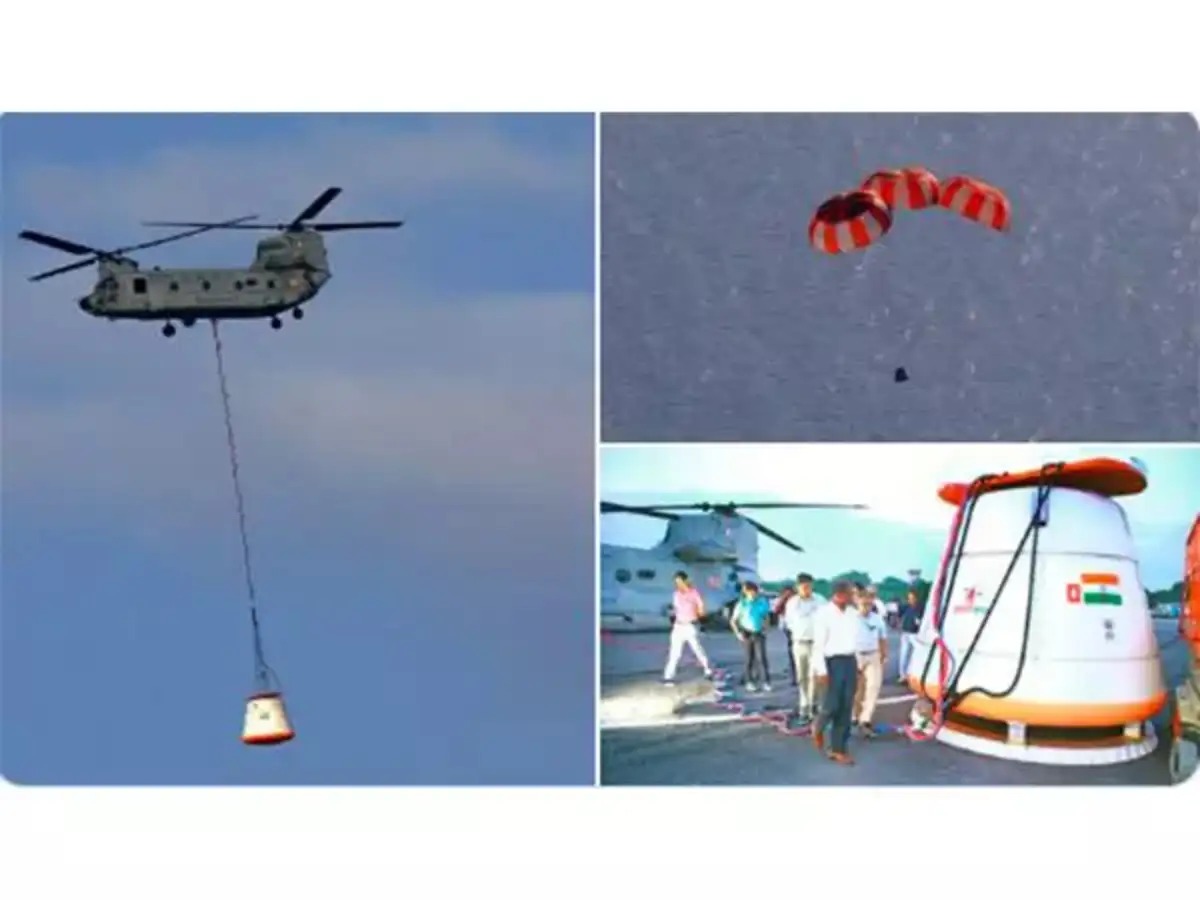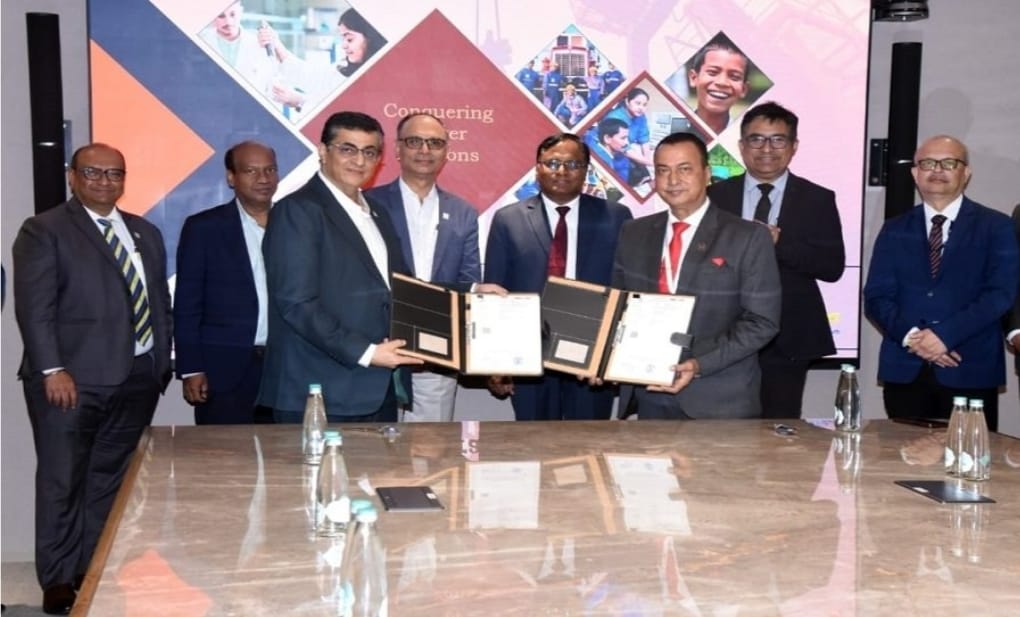
Follow WOWNEWS 24x7 on:

India’s ambitious space exploration journey took a giant leap forward as the Indian Space Research Organisation (ISRO) successfully completed the Integrated Air Drop Test (IADT-01) of the Gaganyaan crew module on August 24, 2025. This landmark test validated the parachute-based deceleration system, a crucial safety mechanism designed to ensure the secure re-entry and splashdown of astronauts returning from space missions. The success of the test marks a significant stride in India’s quest for indigenous human spaceflight capability.
Key Highlights of the Gaganyaan Crew Module Drop Test
The drop test involved releasing a 4.8-tonne simulated crew module from an altitude of around 3 kilometers, using an Indian Air Force Boeing CH-47 Chinook helicopter.
The crew module was equipped with a complex parachute system consisting of 10 parachutes: apex cover separation parachutes, drogue parachutes, pilot chutes, and three large main canopies measuring 25 meters in diameter.
The parachutes deployed sequentially to safely decelerate the module from free fall to approximately 8 meters per second, ensuring a gentle splashdown in the Bay of Bengal.
The successful operation of the parachute system was complemented by onboard avionics coordinating the deployment sequence and transmitting real-time data to ground stations.
Recovery operations were flawlessly executed by the Indian Navy’s INS Anvesha, retrieving the crew module and transporting it to Chennai port.
Detailed Overview of the Parachute Sequence and Safety Mechanisms
The sequence began with the firing of apex cover separation mortars, which deployed two small parachutes to remove the protective cover over the main parachute bay.
Two drogue parachutes were then deployed to stabilize and slow the descent initially.
Following stabilization, three pilot chutes extracted three main parachutes that further reduced the descent speed to a safe touchdown velocity.
The main parachutes were securely released after touchdown using pyro-mechanisms, demonstrating a critical end-to-end recovery system.
The air drop test also included simulation of an abort scenario to validate the spacecraft’s ability to handle emergency escape and recovery.
Collaboration Among Indian Defence and Space Agencies
The test was a joint effort of the Indian Space Research Organisation (ISRO), the Indian Air Force, Defence Research and Development Organisation (DRDO), Indian Navy, and Indian Coast Guard.
This multispectral collaboration highlights India’s integrated approach toward successful human spaceflight.
The Indian Air Force provided the heavy-lift Chinook helicopter, essential for controlled aerial deployment.
The Indian Navy undertook module recovery operations, ensuring safe retrieval and transportation.
Significance of the Test for India’s Human Spaceflight Program
The Integrated Air Drop Test is a critical proof-of-concept for Gaganyaan’s safe crew recovery system, simulating the final phase of re-entry under real mission-like conditions.
It moves India closer to its goal of launching manned space missions, with the first uncrewed mission planned for late 2025 and crewed flights expected by 2028.
The test validates the reliability and robustness of India’s parachute technology and onboard safety avionics.
It also aligns India’s space program with international standards of crew safety seen in historic missions like NASA’s Apollo splashdowns.
Looking Ahead: Future Milestones in Gaganyaan Mission
ISRO plans further tests covering different environmental conditions to ensure robustness across all contingency scenarios.
The upcoming uncrewed Gaganyaan flights will provide additional data to refine mission safety systems.
The successful crew module recovery sets the stage for subsequent human-rating certifications essential for crewed spaceflight.
The program is also a precursor to India’s plans for a national space station and expanded astronaut programs.
Conclusion: India’s Gaganyaan Crew Module Drop Test Marks A Historic Leap in Space Exploration
The smooth and flawless execution of the Gaganyaan crew module’s drop test is a watershed moment in India’s space ambitions, demonstrating the nation’s growing self-reliance and technological maturity. This achievement not only points towards safe manned space missions on the horizon but also showcases India’s capability to innovate and collaborate across military and scientific domains. The success energizes the vision of an Indian astronaut program and underscores India’s rising stature in global space exploration.
Sources: ISRO, DD News, Indian Express, Aviation Week, Times of India, India Today, Republic World




